Valencia, Spain - July 17 - 20
Friday, July 18, 2008
 Valencia, Spain, Spain and Canary Islands
Valencia, Spain, Spain and Canary Islands
It was a few hours on the bus from Andorra to Barcelona and
then another quite long ride on the expressway south to Valencia after I had
switched buses . It’s easy to forget how
big a country Spain is by European standards.
There was a young Australian dude sitting across from me snoring all the
way with whom I met up again on the local bus into town on his way to the same
hostel where I was booked so we chatted. He was unshaven and his hair quite
messy, somewhat hungover looking, and in board shorts and flipflops (or thongs
as the Aussies call them). He said he lived in London, had been to San Fermin
in Pamplona and Barcelona. I commented
on the heat and mentioned that just a little more than a week earlier I was crossing
snow-covered passes in the Pyrenees. “That
sounds like way too much adventure for me, mate. I just like drinking!” he said in his typically
nasal Australian accent. I couldn’t keep from laughing. Ya gotta love it when you meet a walking stereotype!
Valencia is the third most populous city in Spain and
capital of the semi-autonomous region of the same name in a region historically
known as the Levant. It’s located on a rich seaside plain that extends much of
the way from Barcelona that grows lots of rice (for Paella), vegetables, and
fruit – especially Valencia Oranges . Valencia isn’t one of Spain’s biggest
tourist draws despite a coast full of beach resorts catering to northern
European sun lovers, but they seem to go to the more purely touristy towns than
the city. I came to Valencia because “it was there”.
It has become my impression that most Spanish cities quite
closely resemble each other in terms of layout and general architecture, but
that’s pretty true of French, German, Italian, and English cities too, and for
that matter American ones also. If you
were participating in the “Amazing Race” reality TV show and were plunked down
into an urban center without knowing where you are, it would not be difficult
to determine what country you were in, but in many cases it would be much
harder to determine the city.
Nevertheless, Valencia is the city that most closely
conforms to my preexisting notion of what a Mediterranean Spanish city is
supposed to be like – hot sunshine, beaches, wide boulevards lined with palm
trees, a medieval old town of narrow crooked streets and plazas, and a lot of architecture
not that different from the faux-Spanish stuff you see in Florida and California.
Valencia also has a very sizeable old town within an oval that was clearly once
enclosed by city walls, only a few of the city gates remaining standing. It would be somewhat of an exaggeration to
suggest it’s some kind of medieval museum, since it’s a bustling active city
with just some very ancient buildings .
Valencia’s center city was worth spending more than a day in
with historic churches and government buildings, a great cathedral with an
audio guided tour and a big tower with views over the whole city, a fabulous
central food market, and a good fine arts museum focusing on works of the
Valencia school of painting in the medieval/renaissance eras. Satellite
exhibition spaces of the museum are housed in deconsecrated convents throughout
the city, and there’s a great botanical garden full of friendly well-fed cats
supported by the university.
Like most Spanish cities, Valencia really gets going at
night. It’s in hostels in Spain that I most feel like an old man. Most of the
other younger people staying at mine were out through the night to party, and
in Spain that means all night since on weekends dinner doesn’t start until
after 10:00 P.M., clubs don’t get going until after 1:00 A.M., and don’t shut
until way after dawn. The 41 year-self found himself in a deserted hostel at my
bedtime or around midnight and then tiptoeing quietly not to wake up my
roommates when I left at the unheard of early hour of 9:00 in the morning.
I decided to do live like the Romans when in Rome and stay
out late on Saturday night. I found a good “buffet libre” (salad bar buffet) to
get myself at a full tummy for a fair price around 11:00 at night. Old Town’s
narrow streets were at their busiest between about midnight and 2:00 A .M. A
city-sponsored traditional dance performance on a main square of which I
watched parts wasn’t over until nearly 2:00A.M., after which elderly members of
the crowd packed into public buses or the ride home while the youthful bunch
started their more hardcore partying at the just-opening dance clubs. My
biorhythm just doesn’t adjust to the Spanish pace of life.
Nowadays Valencia is not known for its medieval buildings
but for its ultra-modern architecture. The City of Arts and Sciences, a
futuristic complex of buildings on the city’s eastern outskirts, was designed
by such famous architects as Santiago de Calatrava. After my experience at Expo
2008in Zaragoza, I felt I had my fill of expensive crowd-pleaser attractions,
so I decided to just admire the Hemispherique, Science Museum, and Europe’s largest
oceanarium from outside.
Other Entries

 Valencia, Spain, Spain and Canary Islands
Valencia, Spain, Spain and Canary Islands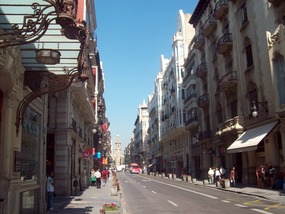
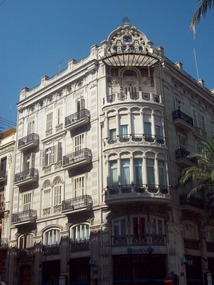
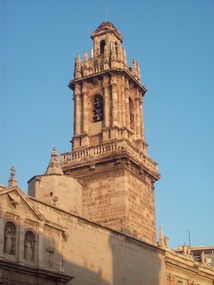
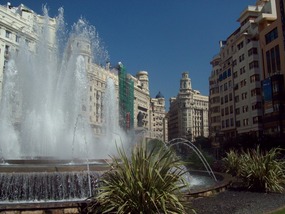




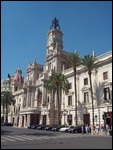
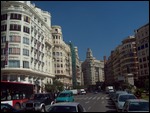
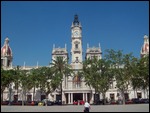
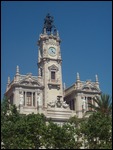
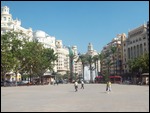

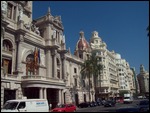
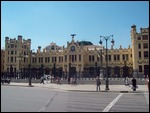
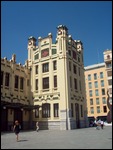
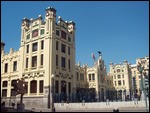
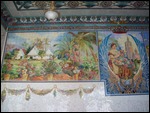
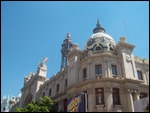
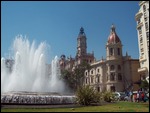
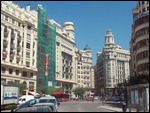
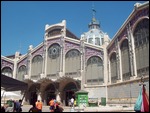
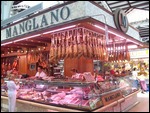
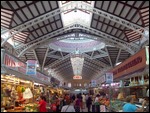
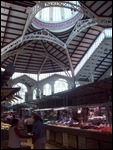
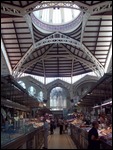
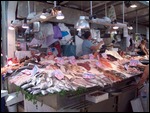
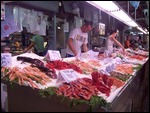
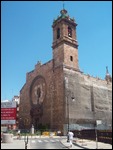
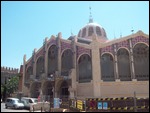
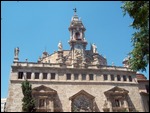
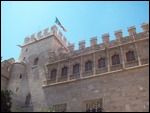
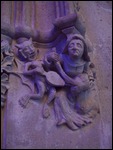
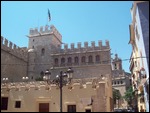
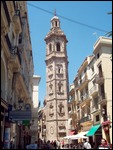
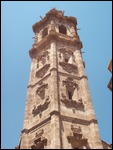
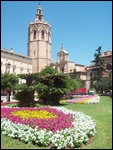
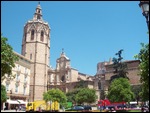

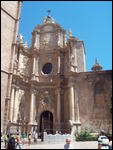
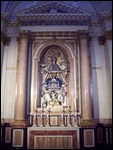
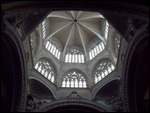
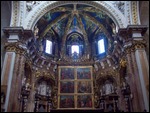
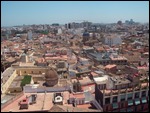

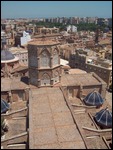
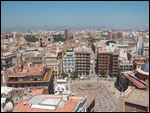
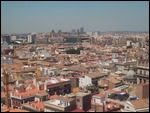
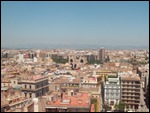
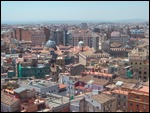
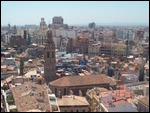
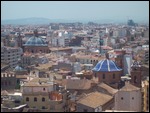
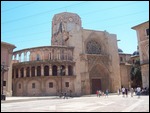
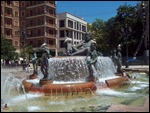
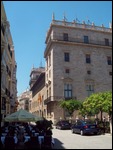
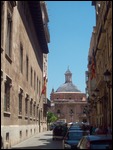
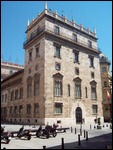
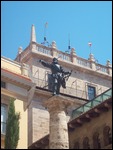
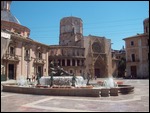
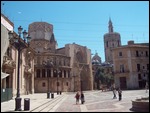
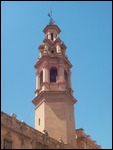
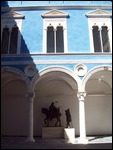
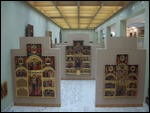
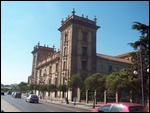
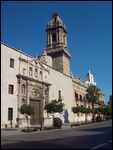
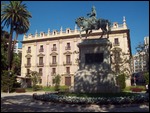

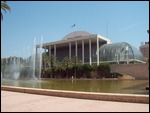
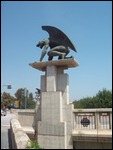
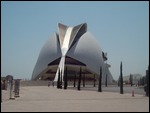
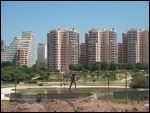
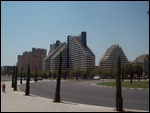
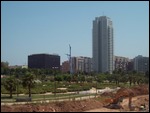
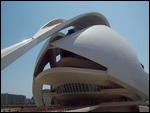
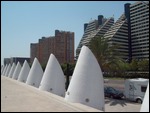
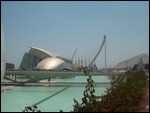
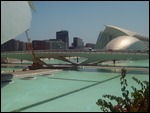
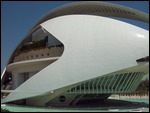
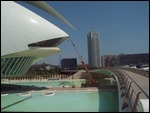
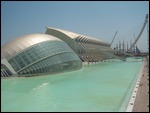

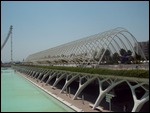

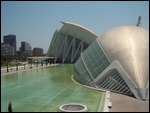
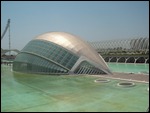
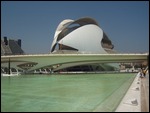
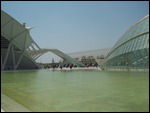
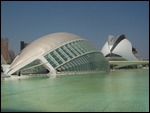

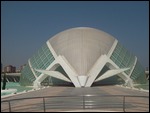
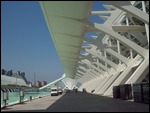
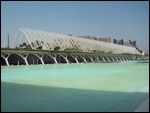
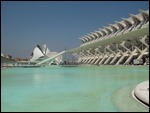
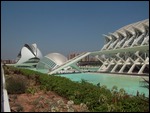
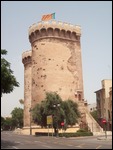
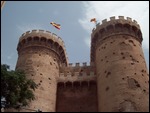
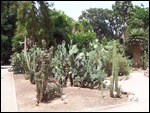

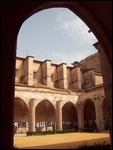
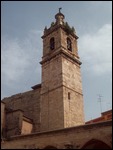
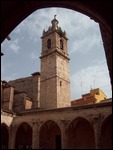
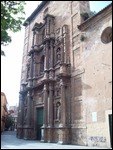
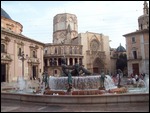
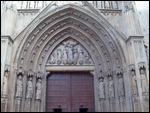
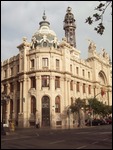
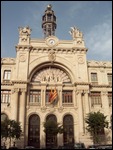
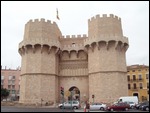
2025-05-22